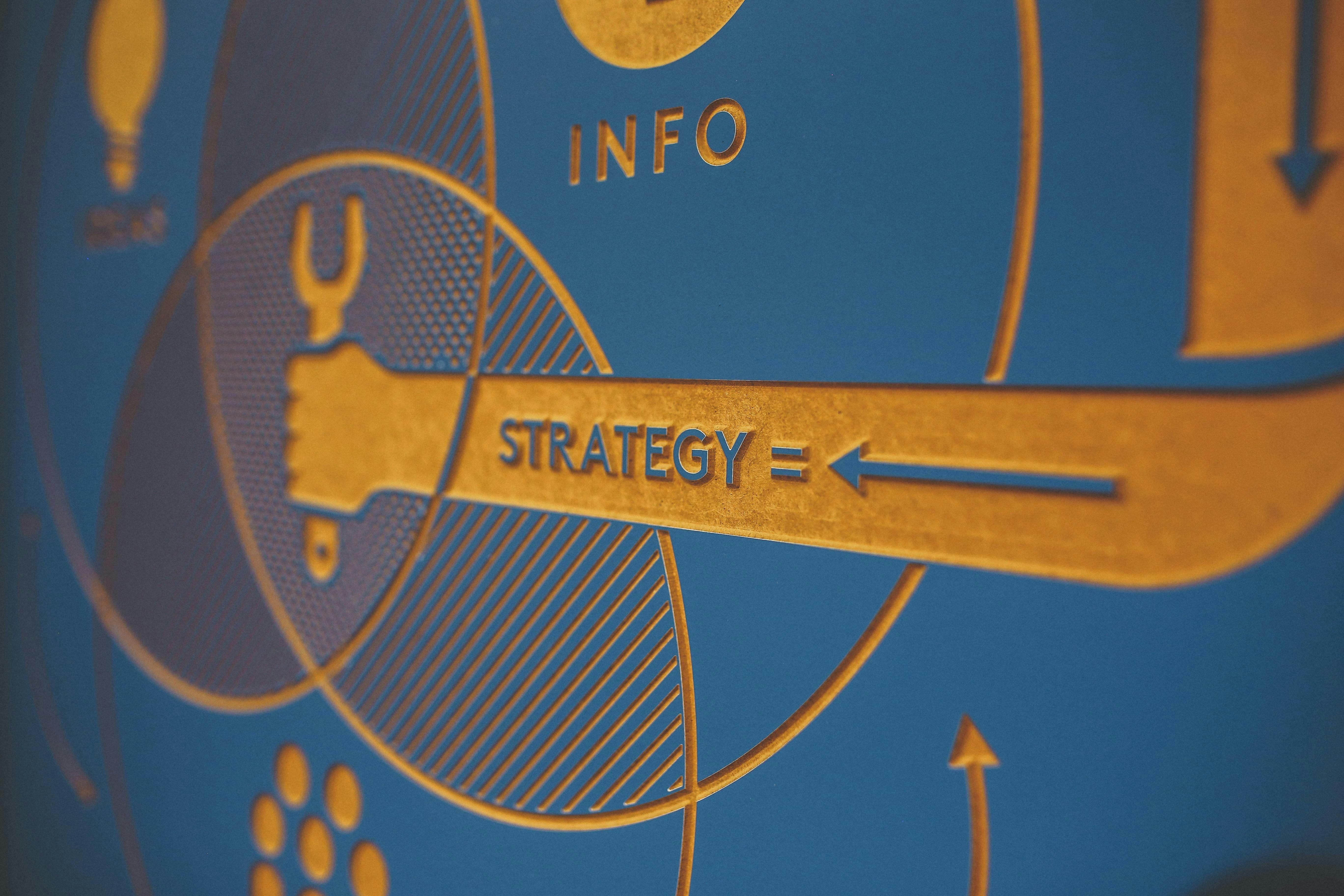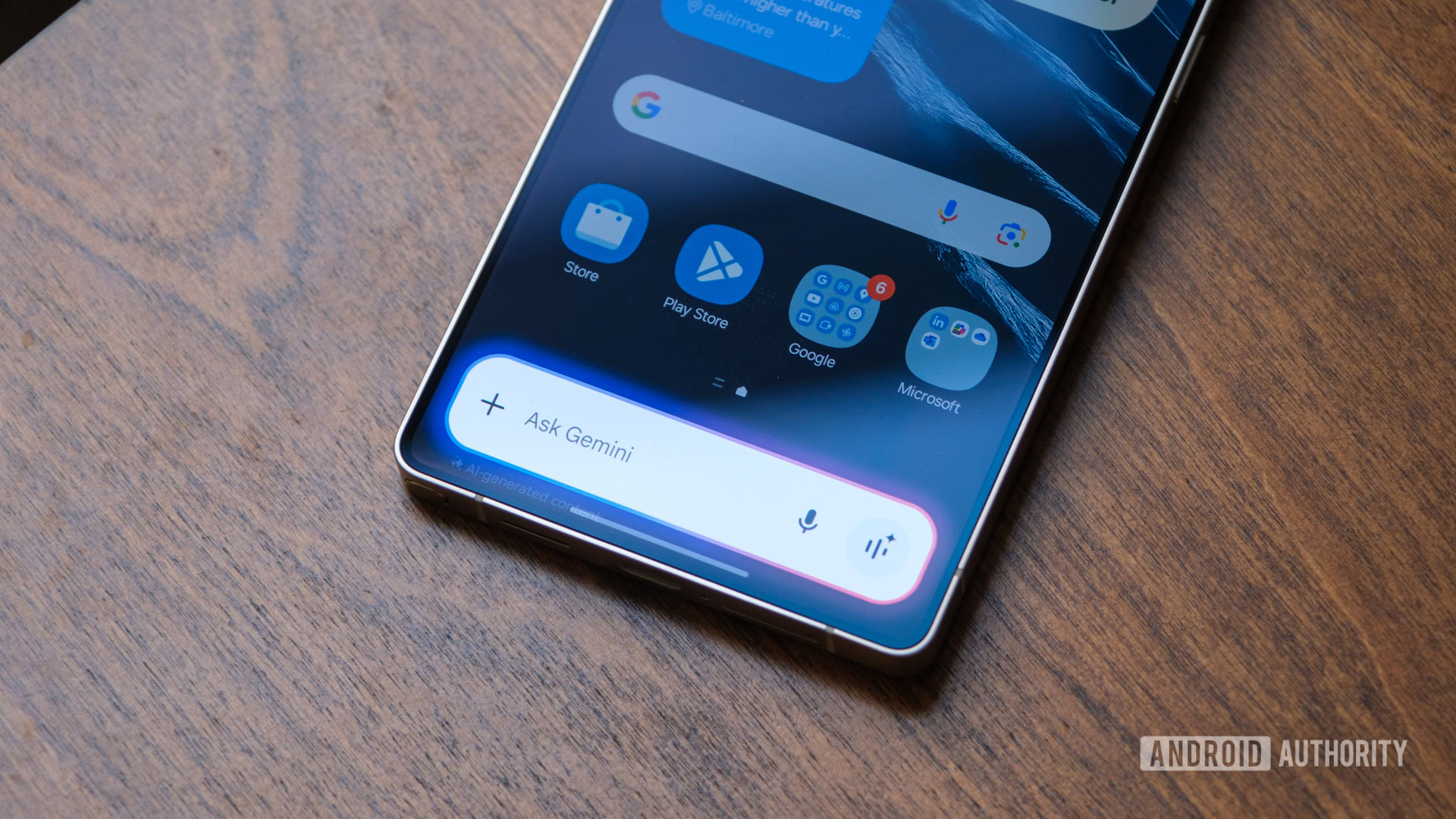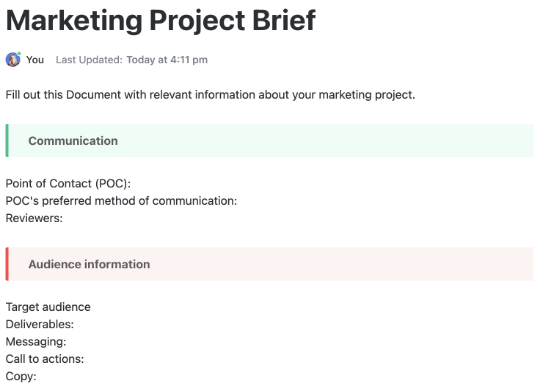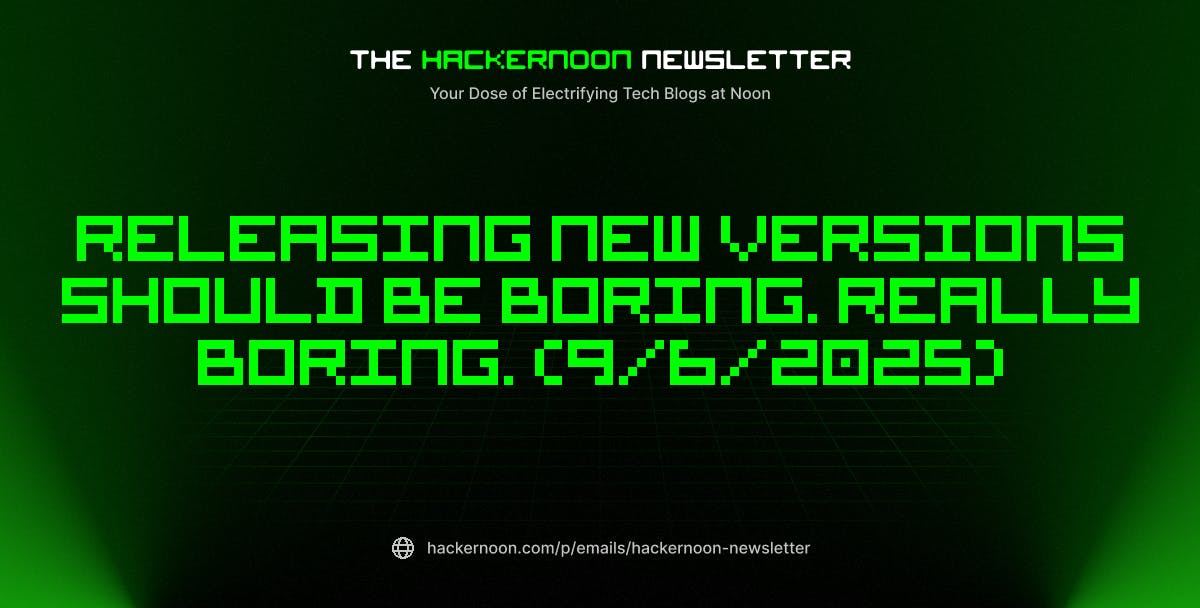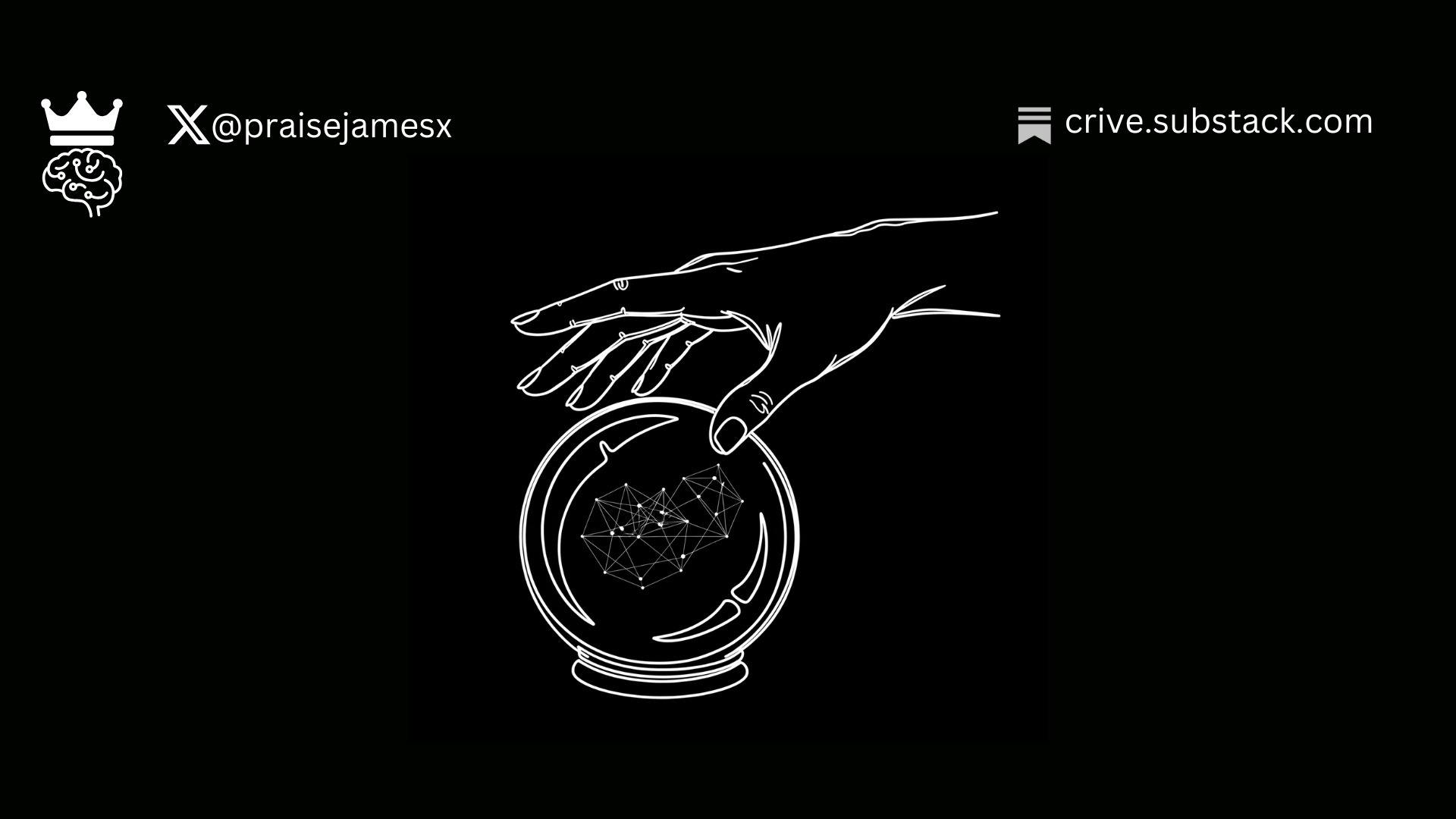The Partnership Trap
Most brands treat partner marketing like paid media: more creators, more links, more exposure. The truth is, audiences don’t buy from people they don’t know. They buy from people they already trust. And trust can’t be manufactured at scale. It has to be earned through relevance, consistency, and actual value.
That’s where most partner programs fall apart. They focus on reach instead of fit. They launch fast but don’t follow through. And they end up with a long list of underperforming affiliates and one-off creator deals that never turn into anything sustainable.
If you want partnerships to become a real growth channel, you have to treat them like a core product motion, not a campaign.
Start with the source: your customer
Before you build any partner strategy, talk to your customers. They’ll tell you exactly who influences their decisions: creators they trust, tools they use, communities they listen to.
At Skylum, we ran a survey asking users which YouTube channels they followed for editing tips and what gear they used. That single input reshaped our entire partner list. We replaced generic outreach with targeted relationships, and it showed up in performance: higher reach, lower CAC, no additional spend.
You don’t need a research department to do this. Here’s what actually works:
- Run a quick survey: Ask users, “Who do you follow for marketing advice?” or “What tools do you use alongside [your product]?”
- Ask your CS or support team: They hear the same creator and product names over and over — start logging them.
- Monitor community spaces: Discords, Slack groups, niche forums, subreddit comment sections — watch for recurring names.
The goal isn’t to identify the biggest names. It’s to find the most relevant ones. Partners who already have trust with your audience will always outperform ones who are simply well-known.
Build Partnerships Like a Sales Pipeline
Most partner programs stall because they’re treated like side projects, not growth engines. A list of creators. A few emails. Some promo codes. No infrastructure.
But the programs that actually scale treat partnerships like sales: define who you’re targeting, build a repeatable motion, and invest in onboarding.
Start by defining your Ideal Partner Profile (IPP). It’s just like an ICP: who actually drives value? Who shares your audience? Who converts?
Then build the motion:
- Prospect partners the same way you’d prospect leads
- Qualify based on relevance, not just audience size
- Reach out with context, not a generic ask
Once someone signs on, onboarding is where most teams drop the ball. The goal isn’t to send a brand kit and disappear. It’s to help partners reach their first result: first sale, first payout, first comment section full of actual engagement. That early success creates stickiness.
Shopify nails this. Their affiliate program offers training, live onboarding, and a clear path to value. We found that creators who got a result in their first month were 3–4x more likely to stay long term. So we built around that first win: hands-on demos, proven content examples, and a real human who understood their world.
Not All Partners Are Created Equal
Once you’ve signed a few partners and started to see traction, it’s easy to fall into the trap of treating everyone the same. Same onboarding. Same content. Same expectations.
That’s a mistake.
Like sales, your partner network follows a power law. A small percentage of partners will drive most of your results and they need a different level of support.
Start by splitting your program into two tracks:
1. Strategic partners (your top 10–20%)
This is where you invest time and attention. Think:
- Personal onboarding calls
- Custom content or product integrations
- Early access to new features
- Higher commissions or tiered payouts
- Direct line to someone on your team, ideally the founder or product lead
We invited top partners into closed-door strategy sessions and gave them access to roadmap previews. It built loyalty and gave us insight we wouldn’t have gotten otherwise.
2. Scalable partners (the other 80%)
This group still matters, but you can’t handhold. Give them the tools to perform without high-touch support:
- Self-serve onboarding and documentation
- Click-and-run promo kits
- Monthly updates or office hours
- Clear performance dashboards
The goal isn’t to ignore the long tail. It’s to give them the right structure, without stretching your team thin.
Classify Your Ecosystem: The Demarcation Framework
When everyone is a “partner,” no one knows what that actually means. Affiliates, creators, ambassadors, newsletter sponsors – the lines blur quickly. And without a clear system in place, confusion sets in fast.
That’s why smart brands create a demarcation framework: a living document that defines every partnership type, sets expectations, and clarifies terms.
Start by categorizing the roles:
- Affiliates: performance-based, commission-focused, often anonymous
- Creators: content-driven, usually seeking a hybrid deal (fee + performance)
- Ambassadors: recurring faces tied to your brand, with longer-term visibility
- Strategic partners: integration or co-marketing relationships, sometimes with shared roadmaps or exclusive privileges
Then define thresholds: When does an affiliate become an ambassador? Can a YouTuber also be an integration partner?
This framework helps with negotiations, internal alignment, and scaling because as you grow, confusion compounds.
Incentives: The New Currency
Money still talks, but how you structure it can change everything.
A flat payment is clean and simple. But it’s high-risk for the brand and low upside for the creator. On the flip side, affiliate-only models put all the risk on the partner, which makes it harder to recruit serious talent.
Take this example: instead of paying $40,000 up front to a large creator, you offer $20,000 flat plus 20% in affiliate commissions. That way, both parties share the risk and both have something to gain if the campaign overperforms.
Beyond payments, there are plenty of value exchanges worth exploring:
- Co-branded content
- Shared newsletter features
- Joint webinars or workshops
- Guest blog posts or podcast swaps
The goal isn’t to nickel-and-dime partners, it’s to make the relationship richer than a single transaction. One successful partnership often unlocks others. Smart partners talk to each other.
Treat Your Partners Like Power Users
Your partners don’t just promote your product. They use it, talk about it, and often know it better than your team does. In many cases, they’re your second customer success team. And yet, companies often treat them like a billboard, not a brain trust.
Want to build a program that lasts? Start by creating feedback loops.
The team brought its top creators together for annual off-site retreats. These weren’t staged influencer trips; they were real strategy sessions. Product managers sat with power users. Founders got raw feedback. And the partners, in turn, were left with deeper insight into the company’s roadmap.
That kind of trust doesn’t happen on Slack threads. It happens face-to-face, off the record, with space for honest conversations.
Even on a smaller scale, the principle holds:
- Give partners a direct line to product or customer support.
- Host private webinars or strategy calls with core creators.
- Ask partners what content performs best – they often know your audience better than you do.
You’re not just onboarding promoters. You’re inviting contributors. Treat them accordingly.
MVP Thinking for Partner Programs
You wouldn’t launch a product without a landing page, onboarding flow, and some idea of what success looks like. Your partnership program should be no different.
Start with the basics:
- A CRM or spreadsheet to track activity
- Clear commission structures
- A shared asset pack (logos, demo scripts, walkthroughs)
- Internal documentation so your team gives consistent answers
Run a small pilot. Track where partners drop off. Optimize for one thing: time to first sale. Then scale with intention.
- Hire partner success reps (think: BDRs for creators)
- Automate onboarding
- Launch a referral program for your best partners
But don’t confuse scale with success. A focused list of engaged partners will always beat a bloated list of passive ones.
Retention > Acquisition
Recruiting partners is easy. Keeping them engaged is the hard part.
The truth is, most partner programs don’t collapse from a lack of signups – they erode from silence. A creator stops posting. An affiliate link goes cold. A power user forgets to log in. It doesn’t happen with a bang – it happens with nothing at all.
Retention is where your program lives or dies. Take Lululemon’s Ambassador Program. They invest in long-term relationships with local fitness leaders, proving that advocacy grows when you think in years, not campaigns.
And yet, most teams spend 90% of their time on acquisition and maybe 10% on retention if that. A better strategy flips the ratio.
Some proven ways to keep partners active:
- Regular touchpoints: monthly newsletters, office hours, or group calls
- Real-time dashboards: let partners track their own performance
- New content prompts: seasonally relevant campaigns, trending topics, or feature rollouts they can piggyback on
- Recognition: highlight top partners publicly or send small thank-you gifts privately
Also, stay vigilant: your top partners are being courted by competitors. If you go quiet, someone else won’t.
On Exclusivity: Don’t Force It
Many brands still cling to the idea of exclusivity. “We’ll only work with you if you don’t promote our competitors.” It sounds smart, protective, even. But in today’s creator economy, it’s often a losing game.
Unless you’re offering NBA-level money or a truly unique experience, exclusivity just doesn’t work. Most creators make a living from breadth, comparing products, giving honest reviews, helping their audience make informed decisions.
And the irony? Letting your partners talk about competitors often makes your product look better. If you’ve built something worth using, side-by-side content only strengthens your brand. You don’t need a monopoly – you need a better relationship.
Win on:
- Consistent support
- Higher value (not just higher pay)
- Easier workflows
- Faster feedback loops
You don’t need to lock creators in. You need to make them want to stay.
Conclusion: Ecosystems, Not Campaigns
The most successful partner programs don’t look like marketing anymore. They look like ecosystems.
They have onboarding flows like SaaS products. Feedback loops like UX teams. Account managers like sales departments. And strategy sessions that rival product roadmaps.
If you want your partnerships to scale, you have to stop treating them like transactional campaigns and start building them like infrastructure.
Because in the end, it’s not about how many people are talking about your product. It’s about who’s doing the talking and how invested they are in the story you’re telling together.

